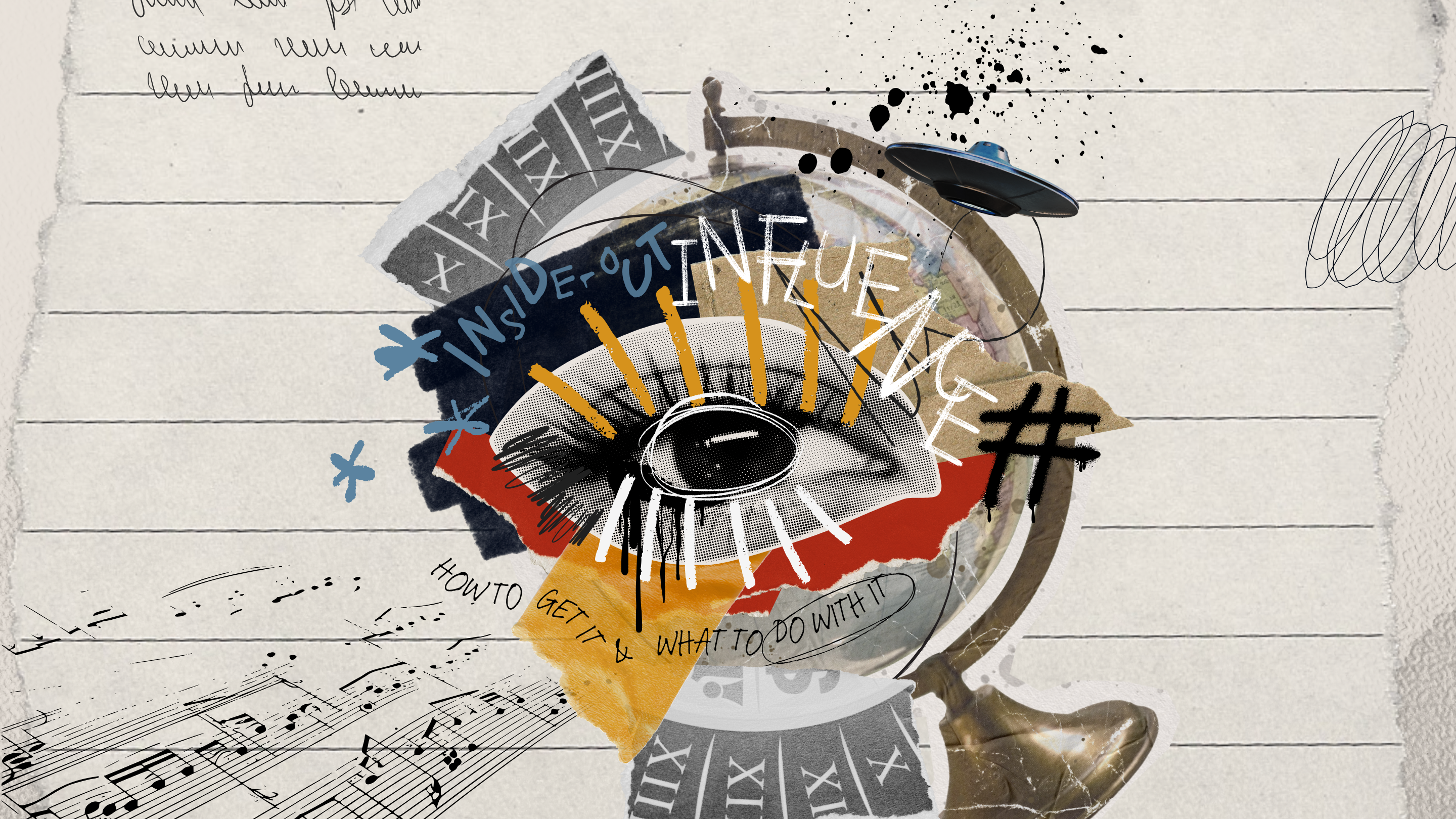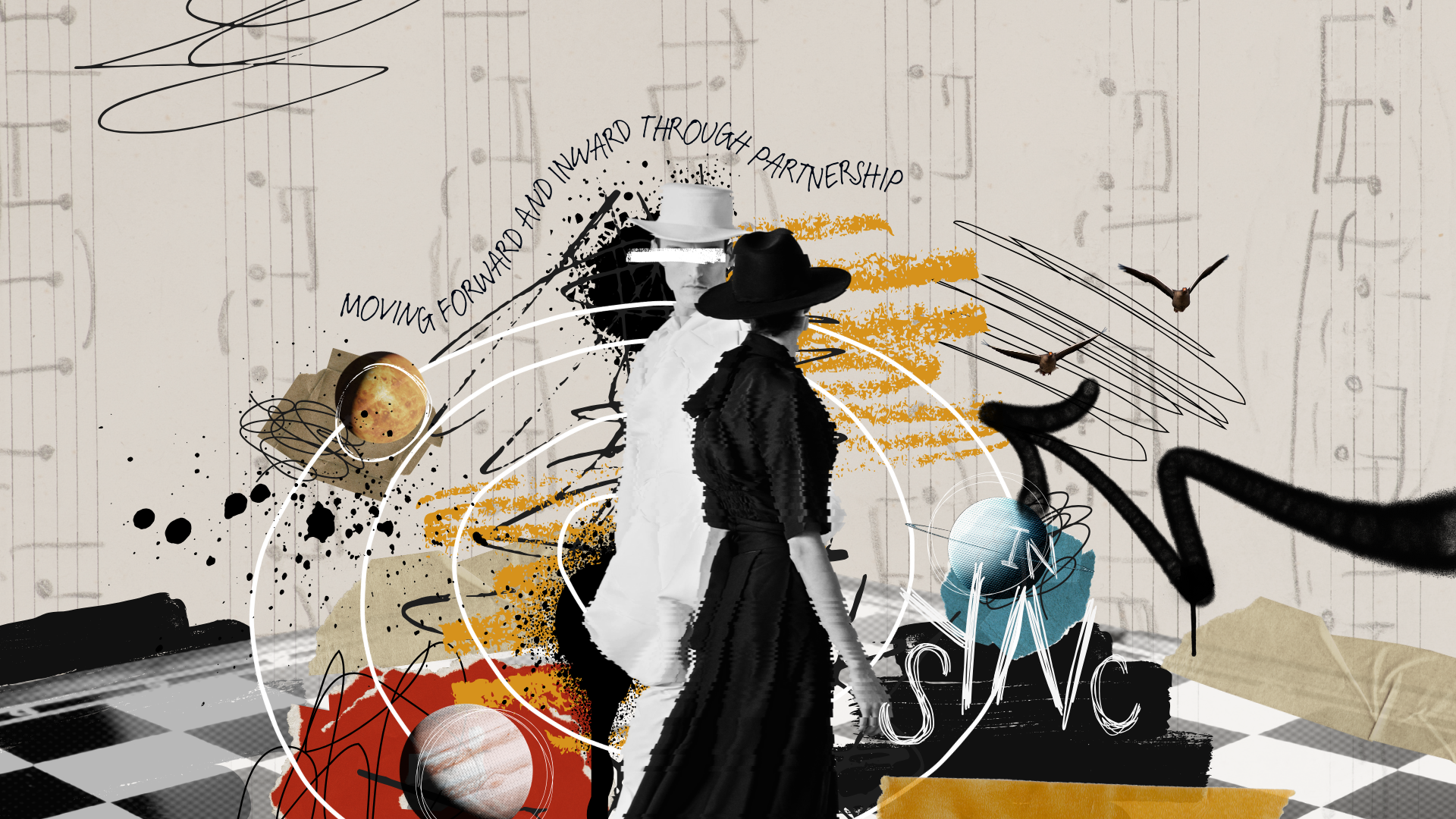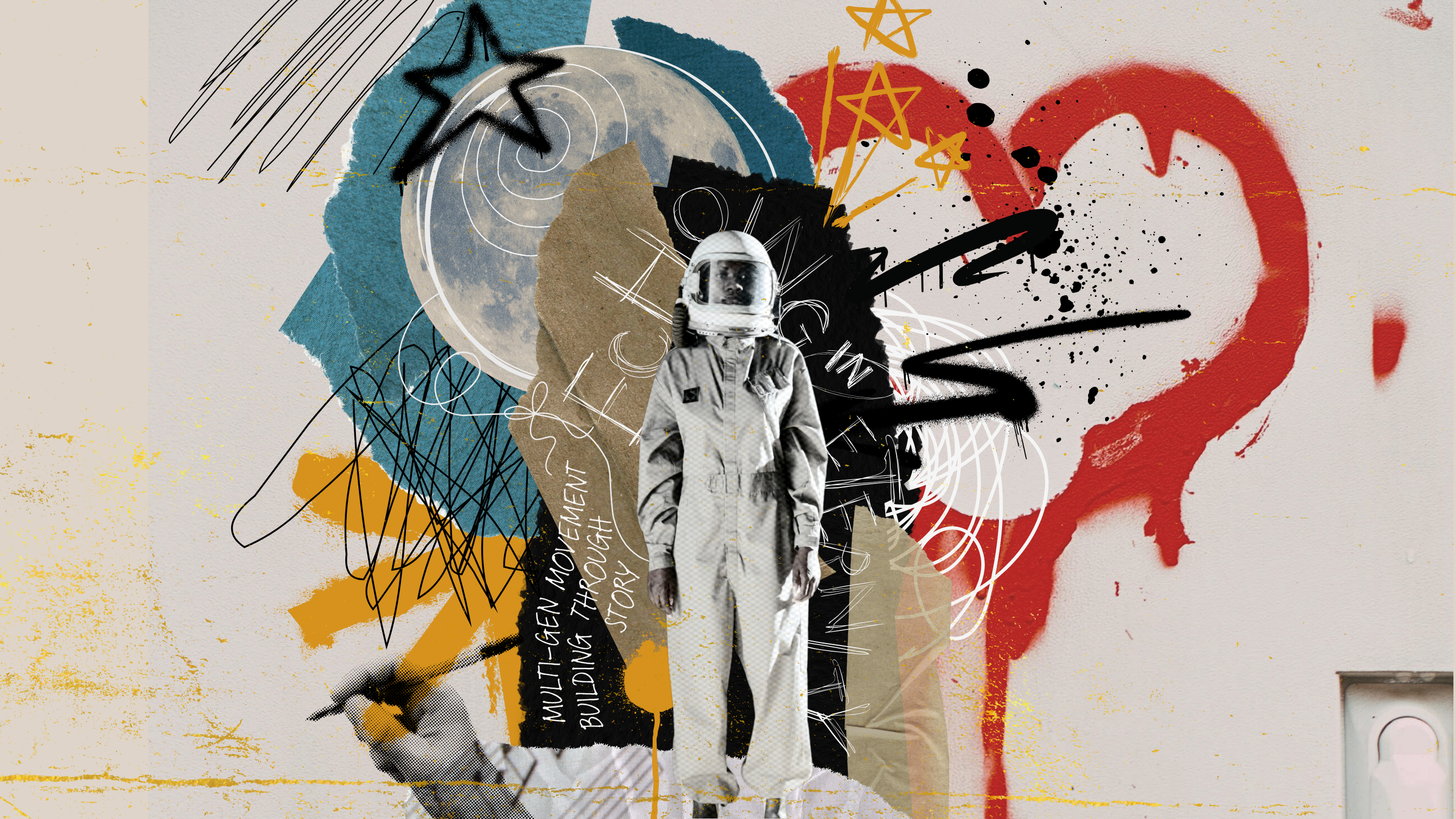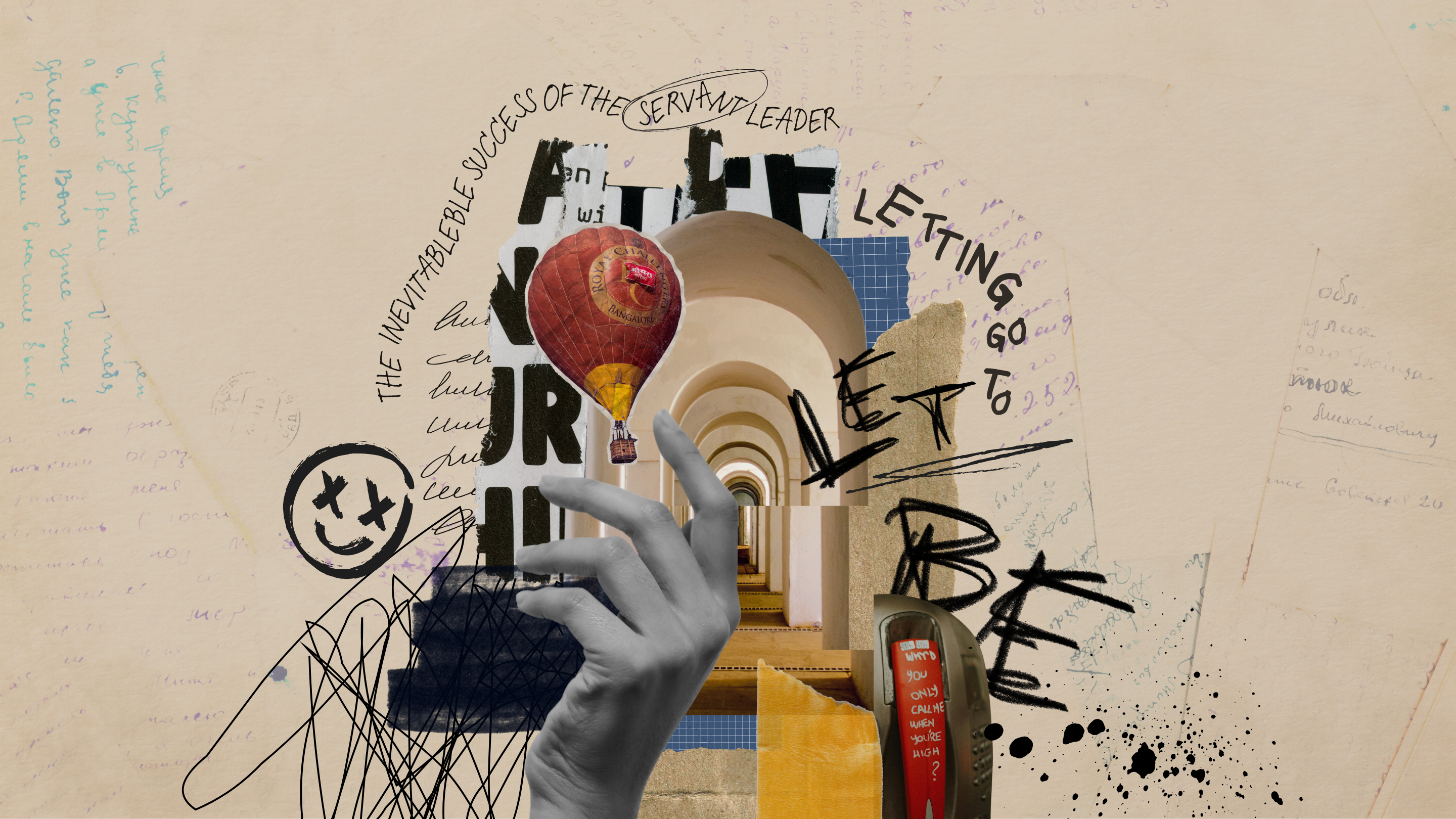Every leader has a bit of fire. It’s what ignites—an idea, a new initiative, a shift in culture. But does it sustain? Is yours a firework—exploding with brilliance, only to leave smoke? Or a campfire—drawing in with warmth, offering a space for others to gather?
I know, in my life, I’ve certainly been both—the quiet observer and the lead actor. It took me a while to realise the power is in seeing, not being seen. And that the former is a prerequisite. Listening is what makes being heard worth it.
Who are you burning for—yourself or others? Are you here to dazzle or to illuminate?

We live in a world where everyday is like the Fourth of July.
Big launches. Bold CEO statements. The most PR-able moment. Brands battling it out for every millisecond.
Fireworks.
The assumption behind all of it?
The loudest voice wins.
But, having been through the ranks in advertising and media—I really don’t believe this is true.
I certainly don’t believe in the approach.
Let’s acknowledge the nuance here. Because the first 6 seconds do count.
Frequency, familiarity—these are factors in the influence equation. But they’re no foundation.
Think of Pharrell, Viola Davis, or Timothée Chalamet—versus many of the other celebrities you know. One group has eyeballs. The other, gaze. Which is why they’re the names we remember, and crave.
True influence leaves an impression.
It shapes.
And the willingness to be shaped—by a person or brand—isn’t about touchpoints. It’s about resonance.

So, what actually is that? What makes us lean in, not just look?
We’ve established it’s not frequency or volume—those are amplifiers.
Once again, alignment.
In my last piece, we explored the need to find this within yourself. Now, we widen the lens.
It’s not just my alignment, it’s ours.
True influence is shared presence—where I speak for you, not me, and you show up for me, not you. Together, we engage in what’s universally true.
The result?
More alignment in each individual.
Community cohesion among the group.
And just like that, a tribe is formed.

We’ve all felt it—that moment in conversation when someone’s ears perk up, their inquiry activated.
We’ve all seen it—the way a room shifts when a person of influence gets up, communicating before they even open their mouth.
The leaders who spark this response don’t demand our attention. They command it—by being fully in theirs.
The question is:
How does one do that?
Commanding attention starts with where you place yours. It’s not about being the loudest—it’s about being the most attuned.
People feel you when you’re feeling something real.
Think of the times you’ve captivated others—not by force, but by depth. Maybe you were telling a story, explaining a discovery, or sharing about a passion.
What’s the common denominator here?
Love.
When we’re in love, we aren’t trying to ‘do’. We let ‘be’. There’s no pushing or preaching. It’s really playing.
And people want to have fun! Your joy is what pulls them.
This is where most people get influence wrong—they think it’s about persuasion. But who wants to be pitched to?
People today have been burned by too many Instagram scams. Our radars are on high alert to protect us. We’ve got the ‘ick’.
The leaders who try the hardest to be believed are often the least convincing. Why?
They underestimate the emotional intelligence of their audience.
They project false confidence.
When it’s clarity that makes you fierce.
If you’re genuinely in love with an insight or idea—people will want in.
Get them to fall in love with your curiosity, not your claims to it.
It’s not the wisdom itself that draws us. It’s your wonder over it.

So, if you’re struggling to convince others, realise this:
The problem isn’t with them—it’s with you.
People don’t follow words, they follow belief. And if you don’t fully believe yourself, why should they?
We never have to sell what we truly embody.
It just is.
The hardest part is having faith before we have evidence. And herein lies the paradox:
Most people wait for proof before they believe. Influential leaders believe first—and let the proof follow.
They move with the expectation of success. With faith.
Whether that’s in themselves, or something greater. Usually, the latter.
Remember Winston Churchill, Barack Obama and Richard Branson?
Their power came from what they knew to be true, deep down.
And what we know, deep down, is universal.
It’s why authenticity attracts. When we’re honest, it spreads.
At this point, it’s no longer about ‘me’. Now, it concerns ‘we’.
Real influence isn’t about getting people to believe in you. It’s about inviting them to believe in something with you.
This is the difference between gaining personal recognition and building a collective movement.
Between gathering an audience and lighting a fire.
But you don’t light a fire by striking a match and hoping for the best. You gather logs; you arrange them. You create the conditions for ignition.
To lead a movement requires purpose—and stacking the right people and beliefs around this.
You may be the fire starter, but who are your tenders? And what will sustain it—without your stoking?
If I were stepping into a position of influence, here’s what I would sit with:
1) Am I embodying what I’m asking others to believe?
2) Is this about being seen, or seeing something real through?
3) Have I created an environment in which trust can take root?





commentary
commentary